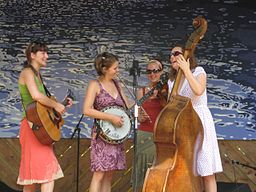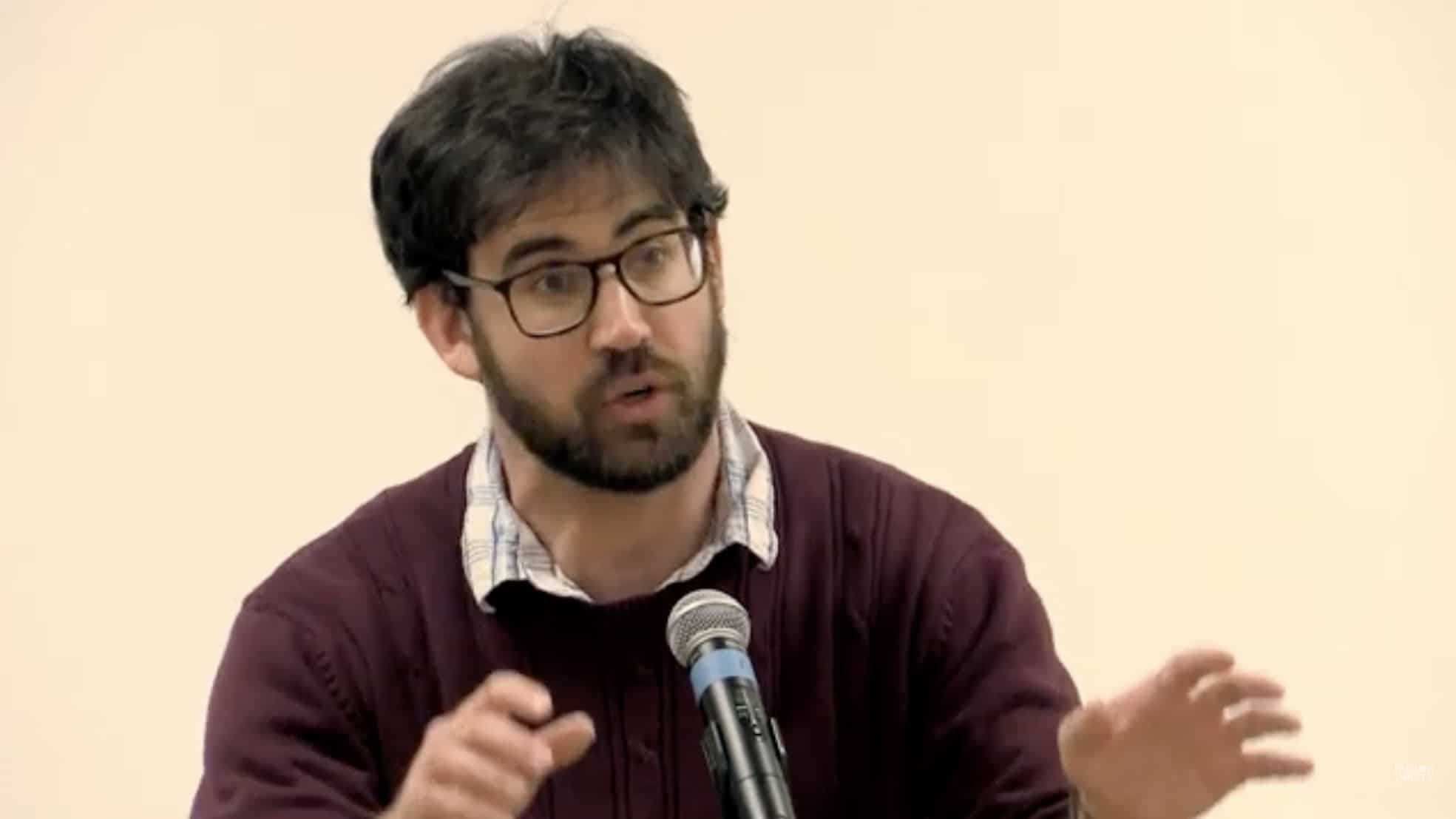
JS North [CC BY-SA (https://creativecommons.org/licenses/by-sa/2.0)]
This weekend the small community where I live had its annual heritage fair. This is when people get together to celebrate the traditional arts that have helped the community sustain itself over the generations. What I always find notable about this fair, and indeed about life in this community in general, is the degree to which some of these traditional arts are still vital in this modern age.
There were bluegrass music performers, for example, and there was a pasture walk sponsored by the local conservation district. By the standards of hip-hop and most forms of rock and roll, bluegrass music is pretty old – it was popularized in the middle of the 20th century, and its roots go back much further. But it remains central to the community’s vitality here in 2008. If young people didn’t keep learning and playing this music, a huge hole would open up in the heart of the community.
Similarly, the pasture walk was not a chance to reminisce about bygone days when most people lived on farms. Rather, it was an opportunity for local people, farmers and others, to appreciate the finer points of the living landscape they inhabit. The landscape is alive not only because wildflowers grow and meadowlarks sing there, but also because hundreds of people continue to make a living from growing food and raising cattle on this land.
On the other hand, bluegrass’s influence in the culture, even here where commercial radio is limited, is still heavily outweighed by the influence of more recent musical forms. And the fact of the matter is that very few people make a living from farming anymore.
Still, bluegrass and farming are far from historical relics in this community. Nor is the rodeo I attended today, where young people interested in raising animals show off their talents at roping calves and riding horses.
Thinking about all of this led me to consider how so many communities strive to bring their people into the future, developing new assets that didn’t exist before. But people don’t necessarily consider all the assets they already have in their communities. Even if these assets do not always translate into economic profit, they are often vital to residents’ spiritual well-being.
This particular community has all the ills that plague American cities and towns, from drugs and depression to high drop-out rates and unemployment. But at its core this community also has some incredible, enduring strengths. The more people in this community can figure out how to harness those strengths in some way, the more the community is certain to prosper.




Comments